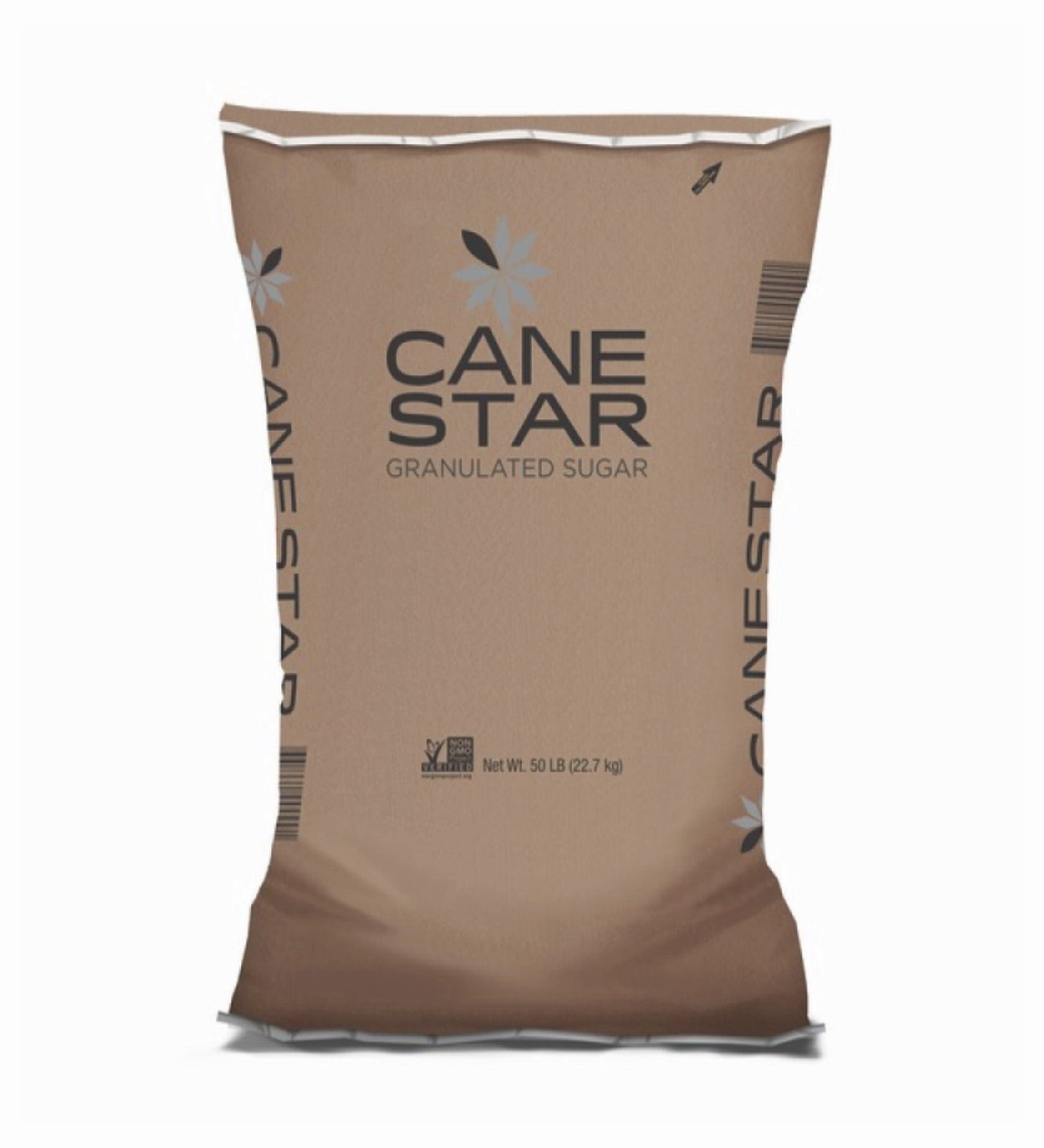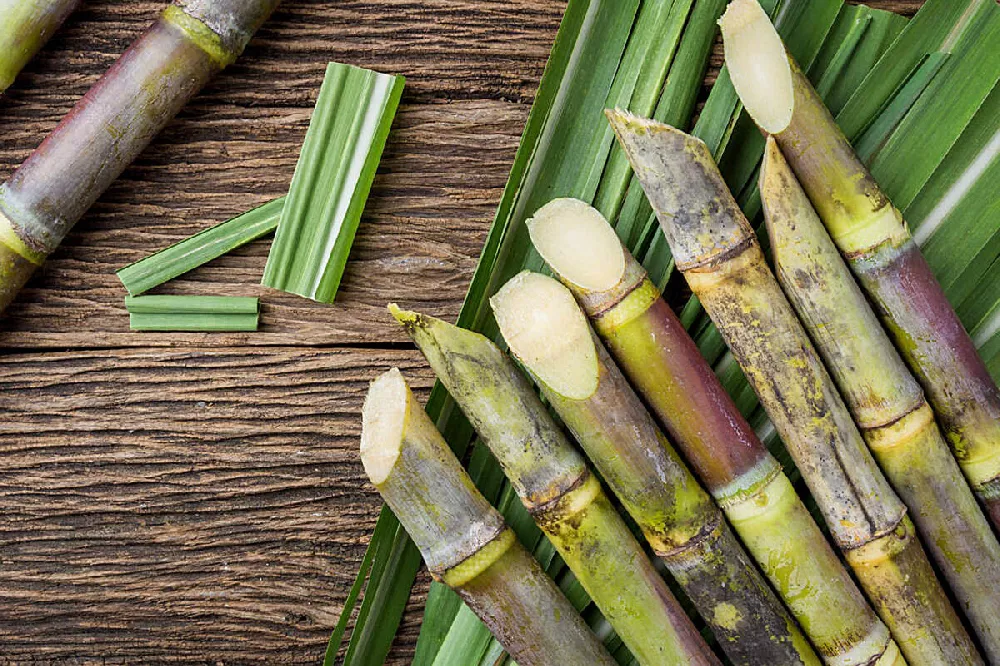Advanced Cane Sugar Processing: Enhancing Efficiency and Sustainability
Exploring the Comprehensive Tips Involved in Walking Stick Sugar Handling From Gathering to Refinement
The process of walking cane sugar production encompasses a series of complex steps, beginning with the careful harvesting of sugarcane and culminating in the refinement phases that ensure the final product satisfies market criteria. Each phase, from the extraction of juice to the purification and crystallization procedures, plays a crucial function in identifying the high quality and personality of the sugar. Comprehending these phases not only highlights the intricacy of sugar manufacturing but also raises important concerns regarding performance, sustainability, and technology in the sector. What ramifications do these variables have for future methods?
Gathering Sugarcane
Gathering sugarcane is an important action in the walking cane sugar handling chain, as it directly affects the high quality and return of the end product. Appropriate timing and methods are crucial during this stage to guarantee optimal sugar content and minimize losses. Generally, sugarcane is harvested when it reaches maturation, typically 12 to 18 months after growing, defined by a high sucrose focus.

Post-harvest, the sugarcane should be refined quickly to protect against sucrose degradation. Ideally, gathered walking stick ought to be moved to refining facilities within 1 day to preserve sugar top quality. For that reason, reliable logistical planning is important to maintain the stability of the gathered crop throughout the supply chain.
Removal Process

The smashed cane goes through a series of pressing operations to maximize juice healing. Usually, warm water is splashed onto the crushed walking stick, creating a countercurrent circulation that aids liquify the sugar while additionally helping in the removal procedure. The juice accumulated from this procedure has not just sugar but likewise various natural compounds and contaminations.

To boost extraction performance, some centers may utilize diffusion techniques, where the sugarcane is saturated in hot water, enabling the soluble sugars to diffuse into the liquid. The resulting juice, abundant in sucrose, is then directed to subsequent processing phases, laying the structure for filtration and refinement. The removal process is hence crucial in figuring out the top quality and yield of the last sugar item.
Purification Strategies
The filtration strategies used in cane sugar processing are necessary for transforming the raw juice into a top notch sugar item. These methods mostly aim to eliminate pollutants, such as dirt, plant materials, and not natural materials, which can negatively influence the end product's taste and shade.
One of one of the most common filtration techniques is explanation. This procedure entails including lime and warmth to the raw juice, which helps with the coagulation of impurities. The resulting precipitate is then gotten rid of with sedimentation or filtration, yielding a more clear juice. Furthermore, making use of phosphoric acid can boost the information procedure by additional binding impurities.
One more significant strategy is carbonatation, where co2 is presented to the clarified juice. This reaction creates calcium carbonate, which captures staying impurities and advertises their removal.
Furthermore, triggered carbon treatment may be related to adsorb any kind of continuing to be colorants and natural contaminations, making sure an extra polished product. The mix of these approaches effectively prepares the sugar juice for subsequent actions in the refining procedure, setting the stage for the production of top notch cane sugar.
Crystallization Methods
After the filtration stage, the following essential action in cane sugar processing involves formation approaches, which play a go to this site critical duty in changing the clarified juice right into strong sugar. This process commonly employs two primary techniques: spontaneous formation and controlled formation.
In spontaneous condensation, supersaturated sugar remedies are permitted to cool normally, leading to the development of sugar crystals over time. This method allows for the consistent growth of sugar crystals and greater pureness.
Throughout crystallization, the clarified juice is focused with dissipation, raising its sugar material till it reaches supersaturation. When this point is attained, either approach can promote the crystallization process. Cane Sugar Processing. The resultant sugar crystals are then separated from the remaining syrup via centrifugation
Eventually, the selection of formation technique affects the top quality, size, and pureness of the final sugar item, making this action necessary in the general walking stick sugar handling treatment.
Improvement and Packaging
Exactly how can the pureness and top quality of cane sugar be additionally boosted after crystallization? The improvement procedure plays a critical duty in accomplishing top quality walking stick sugar. Following crystallization, sugar undergoes a detailed washing to remove contaminations and recurring molasses. This is usually completed using cozy water or heavy steam, which aids liquify and extract unwanted elements while maintaining the sugar crystals.
Next, the sugar goes through a process called centrifugation, where it is spun at broadband to divide the cleansed sugar crystals from the staying fluid. After centrifugation, the sugar is usually more fine-tuned via a technique called carbonization or phosphatation, which makes use of triggered carbon or phosphoric acid to remove shade and off-flavors.
As soon as refined, the sugar is dried out to attain the wanted moisture web content, making certain that it remains secure throughout storage and transportation. The last step entails product packaging the refined sugar in moisture-proof and impermeable containers to preserve its high quality and stop contamination. Cane Sugar Processing. useful site Proper packaging not only expands service life but likewise helps with simple handling and circulation, ensuring that consumers obtain sugar that meets the highest possible criteria of purity and quality
Conclusion
The detailed steps involved in walking stick sugar processing, from the thorough harvesting of sugarcane to the detailed refinement and packaging phases, highlight the relevance of each stage in ensuring high-grade sugar manufacturing. see page Optimal harvesting methods, reliable extraction methods, and extensive filtration procedures jointly contribute to the final product's pureness and stability. The crystallization and succeeding product packaging practices further improve the honesty and service life of the sugar, highlighting the complexity and accuracy integral in this important agricultural market.
The process of cane sugar manufacturing encompasses a collection of complex actions, starting with the mindful harvesting of sugarcane and finishing in the refinement phases that make certain the last product fulfills sector standards. Ideally, gathered cane should be moved to refining centers within 24 hours to preserve sugar high quality.In spontaneous crystallization, supersaturated sugar remedies are permitted to cool down normally, leading to the development of sugar crystals over time - Cane Sugar Processing. The refinement process plays a critical function in accomplishing high-quality walking cane sugar.The comprehensive steps entailed in cane sugar handling, from the meticulous harvesting of sugarcane to the complex improvement and packaging phases, highlight the value of each phase in making sure top quality sugar production